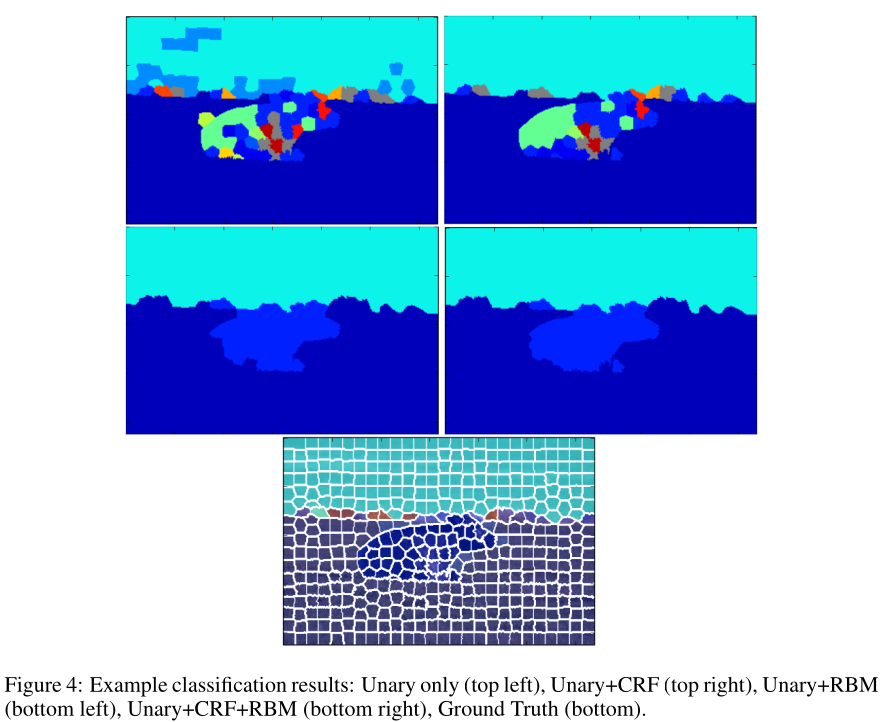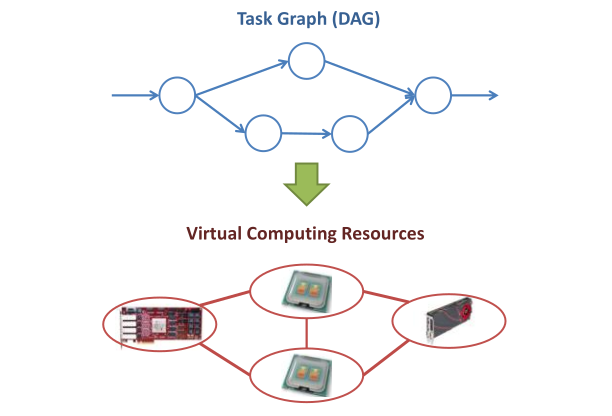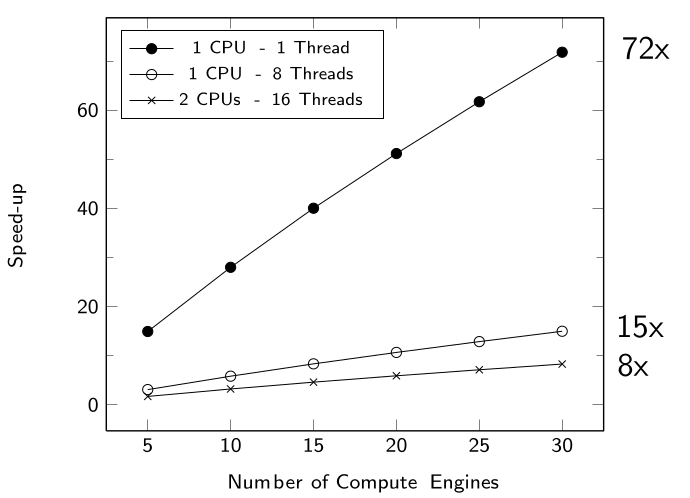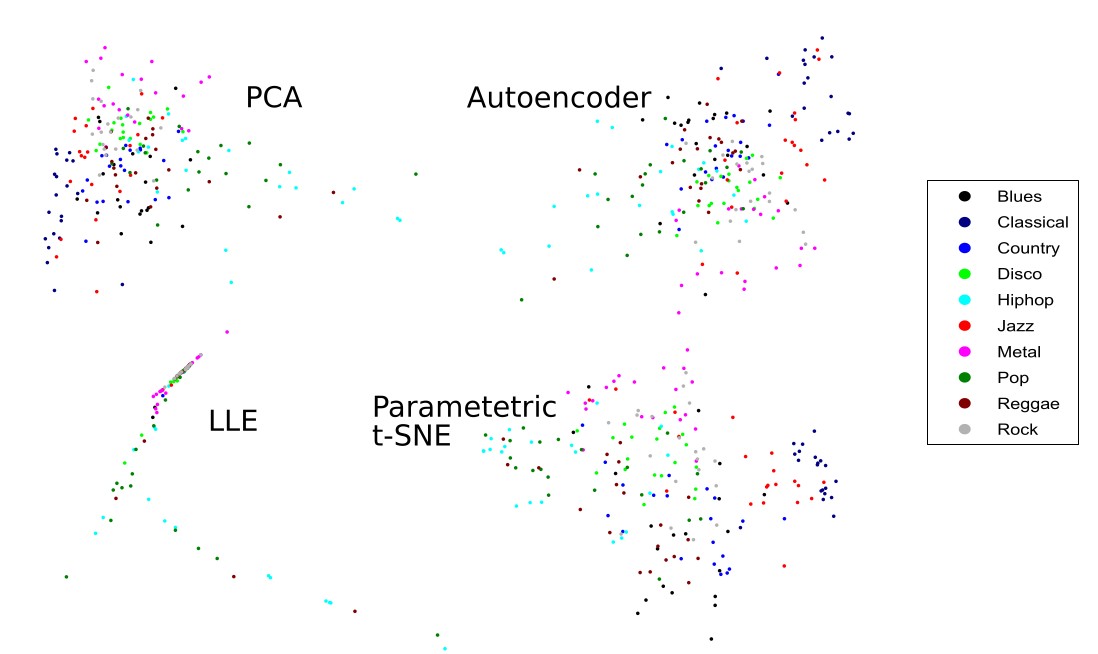Digital Hardware and Software Engineer
e-mail: charles at charleslo dot net
Research
I am interested in hardware design, reconfigurable computing and machine learning. In the past I have designed high-performance and multi-FPGA accelerators for Object Detectors and neural networks. I was also involved with the early development of the Xilinx SDAccel tools for integrating FPGA accelerators in the OpenCL heterogeneous computing framework. Most recently, I have been applying Gaussian processes in Bayesian optimization techniques to perform design-space exploration of High-Level Synthesis and other hardware generators.
Other Projects
Flexible Gaussian process Library GitHub
Python 3 software used in research to describe hierarchical Gaussian process models
Supports composing squared exponential and linear kernels
Uses Cython-based fast exponential library to compute squared exponential kernel
“Image Labelling using Feature Learning and Boltzmann Machine-Augmented CRFs,” ECE1510 Project Report, 2014
PDF
 |
Evaluated the combination of Neural Networks, Conditional Random Fields (CRFs) and Restricted Boltzmann Machines for image labelling.
Image segmentation was performed to obtain superpixels which were inferred using a neural network.
A CRF was then used to smooth labelling across adjacent superpixels while a global RBM provided location-based labelling.
Results showed the benefit of combining the techniques, but superpixel-based classification held back performance.
“Heterogeneous Stream Computing in SAVI,” ECE1548 Project Report, 2013
PDF
 |
Proposed a method of mapping streaming task graphs on to virtualized heterogeneous resources in a cloud environment.
Compute kernel management and routing inspired by Software Defined Networking to simplify global control.
Preliminary prototype designed with x86 virtual machines, virtualized FPGA kernels and OpenFlow.
“A High-Performance Architecture for Training Viola-Jones Object Detectors,” MASc Project, 2012 Thesis, Paper
 |
Training an ensemble of decision trees is highly task parallel but not well suited for GPUs
Developed a PCIe-FPGA system targeting a Xilinx Virtex-6 device to accelerator this task using a systolic array architecture
Performance of the floorplanned array scaled linearly and outperformed the multi-threaded OpenCV implementation
“Nonlinear Dimensionality Reduction for Music Feature Extraction,” CSC2515 Project Report, 2010
PDF
 |
Experimented with PCA, Autoencoders, LLE and t-SNE as methods for compressing high-dimensional audio features for music genre classification.
Compression would allow for short feature tags to group together similar types of music in large databases.
Results found the t-SNE performed the best in maintaining neighbourhood structure.